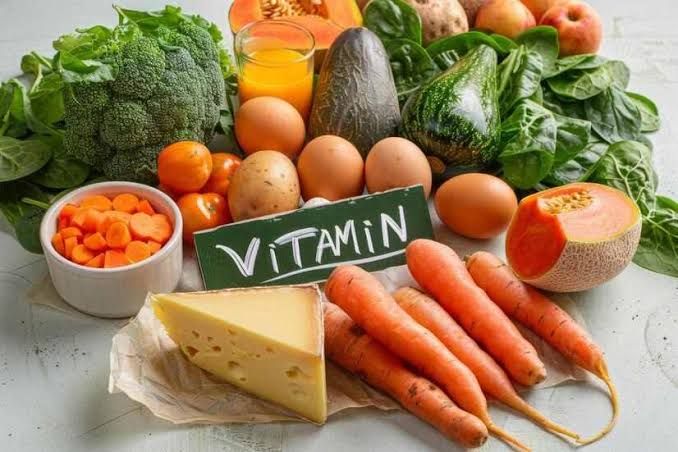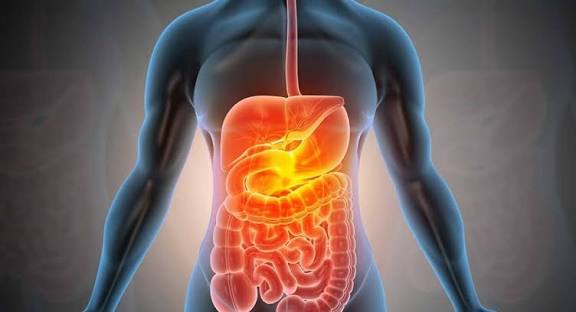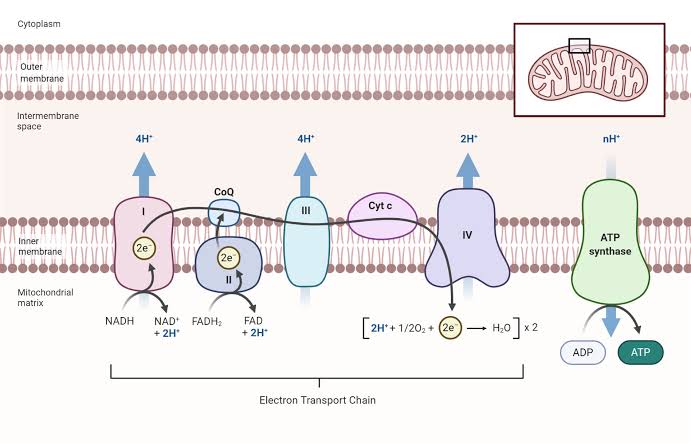
Defects in Collagen Synthesis in Osteogenesis Imperfecta
Osteogenesis imperfecta (OI) is primarily characterized by defects in collagen synthesis, particularly involving type I collagen, which is crucial for bone strength and integrity. The following outlines the specific defects associated with collagen synthesis in OI:
- Mutations in COL1A1 and COL1A2 Genes:
- These genes encode the α1(I) and α2(I) chains of type I collagen. Mutations in these genes are responsible for approximately 85-90% of OI cases. The mutations can lead to either structural abnormalities or a quantitative deficiency of normal collagen.
- Post-Translational Modifications:
- Collagen undergoes extensive post-translational modifications after its synthesis, including hydroxylation, glycosylation, and cross-linking. Defects in enzymes responsible for these modifications can disrupt the proper formation of collagen fibrils, leading to weakened bone structure.
- Chaperone Proteins:
- Chaperones play a critical role in the proper folding and assembly of collagen molecules. Mutations affecting chaperone proteins can impair their function, resulting in misfolded or improperly assembled collagen that cannot contribute effectively to bone matrix formation.
- Intracellular Transport Defects:
- Recent discoveries have highlighted the importance of intracellular transport mechanisms that facilitate the movement of procollagen from the endoplasmic reticulum to the Golgi apparatus and eventually to the extracellular matrix. Mutations affecting these transport pathways can hinder collagen secretion and accumulation at the site where it is needed.
- Collagen Fibril Formation:
- After secretion into the extracellular matrix, procollagen must be processed into mature collagen fibrils through enzymatic cleavage and subsequent self-assembly. Any defects during this stage can result in abnormal fibril formation, contributing to skeletal fragility.
- Mineralization Issues:
- While primarily related to collagen synthesis, some forms of OI also exhibit defects that affect bone mineralization processes, which are essential for achieving optimal bone density and strength.
- Osteoblast Differentiation Defects:
- Some newly identified genetic causes of OI involve primary defects that affect osteoblast differentiation—the cells responsible for bone formation—further complicating the overall pathology related to collagen production.
Understanding these defects provides insight into the molecular basis of osteogenesis imperfecta and emphasizes potential targets for therapeutic interventions aimed at improving bone health in affected individuals.
Dietary Sources of Vitamin D
Vitamin D can be obtained from both dietary sources and synthesis in the skin. The primary dietary sources include:
- Fatty Fish: Species such as salmon, mackerel, and sardines are rich in vitamin D.
- Cod Liver Oil: This is one of the most concentrated sources of vitamin D.
- Fortified Foods: Many foods, including milk, orange juice, and cereals, are fortified with vitamin D to help increase intake.
- Egg Yolks: Eggs contain small amounts of vitamin D, primarily in the yolk.
- Mushrooms: Certain types of mushrooms exposed to ultraviolet light can produce significant amounts of vitamin D.
Despite these sources, many individuals do not consume adequate amounts of vitamin D through diet alone, necessitating supplementation or sun exposure for optimal levels.
Metabolism of Vitamin D
The metabolism of vitamin D involves several steps:
- Synthesis in the Skin: When skin is exposed to ultraviolet B (UVB) rays from sunlight, 7-dehydrocholesterol in the skin is converted into previtamin D3, which then isomerizes into cholecalciferol (vitamin D3).
- Conversion in the Liver: Cholecalciferol enters the bloodstream and is transported to the liver, where it undergoes hydroxylation to form 25-hydroxyvitamin D [25(OH)D], also known as calcidiol.
- Conversion in the Kidneys: The 25(OH)D is further hydroxylated in the kidneys to produce 1,25-dihydroxyvitamin D [1,25(OH)2D], also known as calcitriol. This active form of vitamin D is responsible for its biological effects.
The regulation of this metabolic pathway is influenced by various factors including parathyroid hormone levels and calcium status in the body.
Biochemical Functions of Vitamin D
Vitamin D plays a crucial role in several biochemical functions within the body:
- Calcium Homeostasis: One of its primary roles is to enhance intestinal absorption of calcium and phosphate, which are vital for maintaining bone health.
- Bone Health: Vitamin D promotes bone mineralization and helps prevent conditions such as osteoporosis and rickets by ensuring adequate calcium levels.
- Immune Function: It modulates immune responses by influencing T cell function and cytokine production, thereby playing a role in autoimmune diseases and infections.
- Cell Growth Regulation: Vitamin D has been shown to regulate cellular growth and differentiation processes; it may have protective effects against certain cancers by promoting apoptosis (programmed cell death) in malignant cells.
- Cardiovascular Health: Emerging research suggests that vitamin D may contribute to cardiovascular health by regulating blood pressure and inflammation.
In summary, vitamin D’s dietary sources are limited but essential for maintaining adequate levels through food intake or supplementation when necessary. Its metabolism involves conversion processes that yield an active form critical for numerous physiological functions ranging from bone health to immune regulation.
Interpretation of Rickets and Osteomalacia Based on Signs, Symptoms, and Clinical Data
Overview of Rickets and Osteomalacia
Rickets is a condition that primarily affects children and is characterized by the softening and weakening of bones due to a deficiency in vitamin D, calcium, or phosphate. Osteomalacia, on the other hand, affects adults and involves the softening of bones due to inadequate mineralization. Both conditions are closely related as they stem from similar deficiencies.
Signs and Symptoms of Rickets
- Delayed Growth: Children with rickets may experience stunted growth compared to their peers.
- Delayed Motor Skills: There may be noticeable delays in reaching developmental milestones such as walking.
- Bone Pain: Affected children often report pain in the spine, pelvis, and legs.
- Muscle Weakness: Generalized weakness can be observed in children suffering from rickets.
- Skeletal Deformities: Common deformities include:
- Bowed legs or knock knees
- Thickened wrists and ankles
- Projection of the breastbone (pectus carinatum)
Signs and Symptoms of Osteomalacia
- Bone Pain: Adults with osteomalacia typically experience persistent bone pain that can worsen with activity.
- Increased Fracture Risk: The weakened bones lead to a higher susceptibility to fractures.
- Muscle Weakness: Similar to rickets, muscle weakness can also be present in osteomalacia patients.
Clinical Data Related to Rickets
- Vitamin D Deficiency: The most common cause is insufficient vitamin D intake or production due to limited sun exposure or dietary sources.
- Absorption Issues: Conditions like celiac disease or cystic fibrosis can impair the absorption of vitamin D from food.
- Genetic Factors: Rare inherited disorders affecting vitamin D metabolism can also lead to rickets.
Clinical Data Related to Osteomalacia
- Like rickets, osteomalacia is primarily caused by vitamin D deficiency but can also result from malabsorption syndromes or certain medications that interfere with vitamin D metabolism.
- Diagnosis often involves blood tests showing low levels of calcium and phosphate along with elevated alkaline phosphatase levels.
Conclusion
Both rickets and osteomalacia share common underlying causes related to vitamin D deficiency but manifest differently based on age groups. Early detection through clinical evaluation of signs and symptoms is crucial for effective management.







